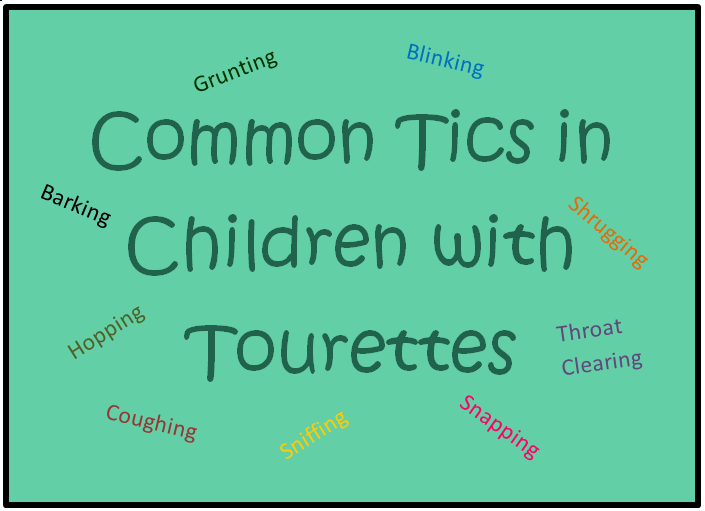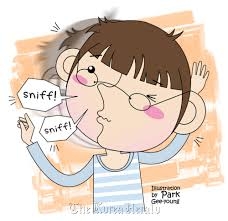By Dr. Amanda Klingensmith, Ph.D.
 Many families have a hard time finding resources for their children with tics.
Many families have a hard time finding resources for their children with tics.
With medications, some patients experience awful side effects, and some find that medications do not affect tic frequency or severity. Families often go from doctor to doctor in search of ways to help their child, and often just end up frustrated. Many parents spend hours searching the internet for treatments and treatment providers that can help.
Families may come across two psychosocial treatments when researching tic interventions: Comprehensive Behavioral Intervention for Tics (C-BIT) and Habit Reversal Therapy (HRT). C-BIT and HRT are behavioral treatments that teach clients how to better manage their tics. They do not, however, stop or prevent tics from happening.
Habit Reversal Therapy (HRT) is a behavioral treatment that has been around since the 1970s, and has been found to be effective at treating tics among other disorders, including trichotillomania (hair-pulling) and skin picking. C-BIT was introduced by researchers in 2001, and combines HRT with other techniques that help reduce tic severity. Therefore, when someone says that they are trained to provide C-BIT, that means that they are providing HRT plus additional strategies that have been proven to help manage tics, such as relaxation techniques.
In C-BIT, we help children (and teens and adults) describe their tics in detail, and choose only the ones that bother them the most for the intervention. If a tic does not bother the child or anyone else, there is no need to try to change it. We then help the person choose one tic to start with first, as we target each tic one at a time. We help children and their families explore anything that may be related to their tics, including situations and environments in which the tics happen more often, and events that may happen after a tic occurs. We help children and families identify changes they can make in these situations, to help the tics occur less frequently. For example, if a child tics when they are stressed, we may teach the child relaxation techniques or other coping strategies to help them deal with stress more effectively. If a child tics more often when they get home from school or before they go to bed, we may help them examine these routines and see if we can make any changes that may target tic frequency at these times.
Next, we help the child and family identify another behavior they could engage in when they feel the urge to tic, called a “competing response.” Choosing the right competing response can be tricky, but the method can be taught during sessions. Eventually the family can engage in this process at home, without the help of the therapist. As therapy progresses, the therapist helps the family play a more and more active role in the treatment of the tics, so that by the time treatment ends, the family can independently target a tic and treat it effectively. Once treatment officially “ends,” families are always welcome to come back for booster sessions if they need a refresher, or can choose monthly or bi-monthly check-up sessions to maintain the skills over time.
No treatment is 100% effective for 100% of people, but for people with tics, this treatment is often chosen either in conjunction with, or as an alternative for, medications. C-BIT (and HRT) help people manage the most bothersome tics. The treatment works for both adults and children with tics, and our therapists have experience treating tics in people across the lifespan.


